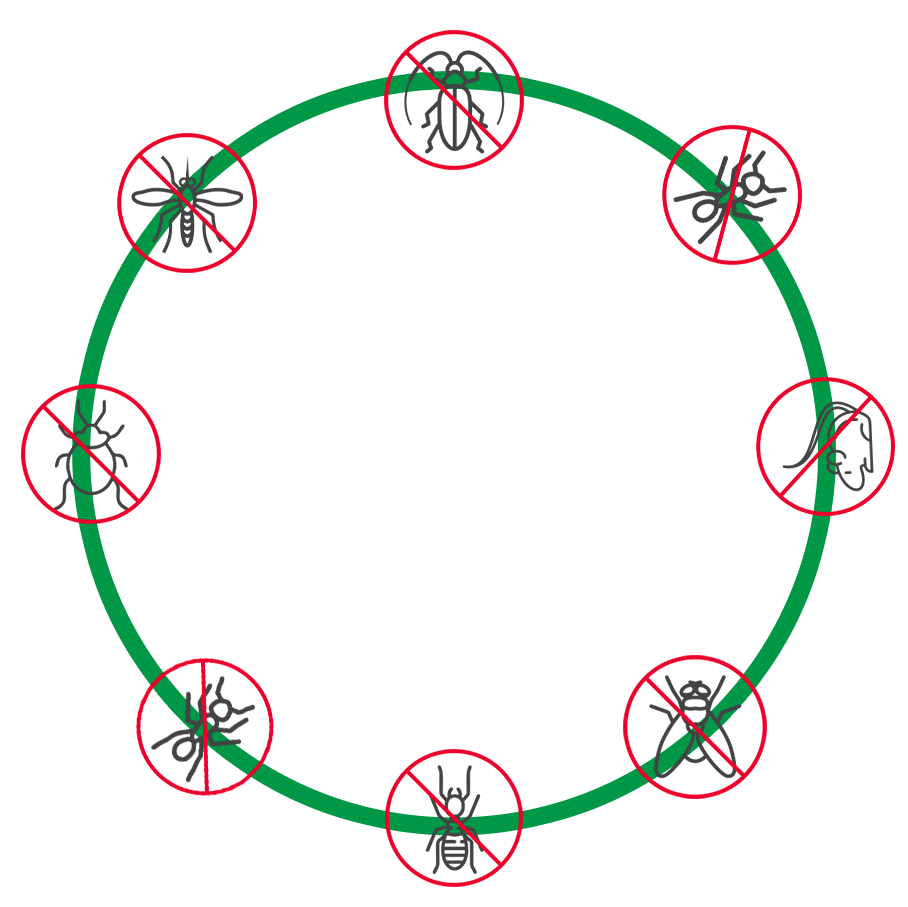

Bed bugs are infamous for their ability to disrupt sleep and cause irritation with their itchy bites. Found across the United States, these parasitic insects can invade homes at any time of the year, though infestations tend to peak in the fall.
Bed bugs are small, brown, flat, and oval-shaped insects about 1/4 inch in length, resembling apple seeds. They are parasitic, relying on the blood of warm-blooded animals for nourishment. After feeding, they swell and turn a reddish color.
Often referred to as “nature’s hitchhikers,” bed bugs are excellent climbers and can navigate floors, walls, ceilings, and furniture with ease. Despite lacking wings, they can travel long distances through luggage or clothing. This mobility allows them to spread from places like hotels or public transport to your home if precautions aren’t taken.
Bed bugs are primarily nocturnal, emerging at night to feed on their sleeping hosts. They hide in cracks and crevices in mattresses, box springs, and other upholstered furniture during the day.
While bed bugs are not known to transmit diseases, their presence can be a significant nuisance. Some individuals may experience severe reactions to bed bug bites, such as small red bumps or welts, while others may show no symptoms at all. The psychological impact of dealing with a bed bug infestation—such as anxiety, stress, and embarrassment—can be considerable.
Though bed bugs do not cause severe health issues, it’s advisable to consult a medical professional if you experience an allergic reaction or prolonged discomfort from their bites.
Bed bugs are adept hitchhikers. They travel from one location to another on clothing, luggage, or even pets. Common ways they enter homes include:
Despite the misconception that bed bugs are only a problem in dirty environments, they can invade any place, regardless of cleanliness. They can easily move between apartments or office buildings, making prevention crucial.
Bed bugs can infiltrate nearly any part of a home or business, but they are most commonly found in:
In multi-unit buildings, bed bugs can spread from one apartment to adjacent units, complicating control efforts.
Bed bugs are notoriously difficult to eliminate. DIY methods often fall short, as they can miss hidden infestations or fail to address the entire problem. Bed bugs can remain dormant without food or water for months, only to reemerge in greater numbers.
Effective treatment generally requires professional intervention. Pest control services may use a combination of methods, including:
Preventing bed bugs from entering your home is essential for avoiding future problems. Consider these preventive measures:
To catch an infestation early, be aware of the following signs:
Using light-colored mattress covers can make it easier to spot bed bugs and monitor their presence.
Handling a bed bug infestation effectively requires specialized knowledge and tools. The average homeowner may struggle to find and eliminate every bed bug and egg, as these pests can hide in small, inaccessible places. Professional pest control services offer the expertise needed to eradicate the problem thoroughly.
Pestogone provides comprehensive bed bug control services, utilizing advanced methods and technologies to ensure complete eradication. Our services include:
If you suspect a bed bug problem or are dealing with an infestation, contact Pestogone for expert help. We’re committed to providing effective, safe, and long-lasting solutions for your pest control needs.
For more information about our bed bug treatments and how we can assist with pest control, reach out to your local Pestogone office today!